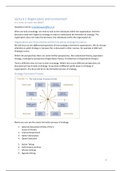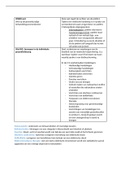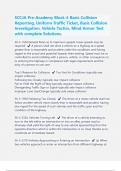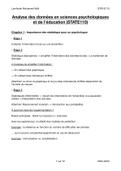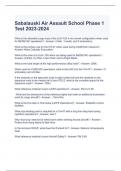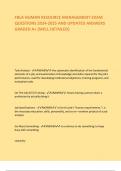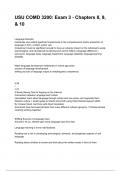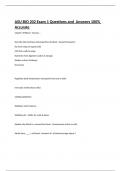Samenvatting
Summary of the lectures within the course of Organisation & Environment (MAN-MOR003), Grade: 9
- Instelling
- Radboud Universiteit Nijmegen (RU)
- Boek
- Strategy Safari
Detailed elaboration of the lectures given in the course of Organisation and Environment (MAN-MOR003). This summary contains the slides of the lectures within the course and the explanation given within the lectures. By learning this summary, I got a 9 for the exam.
[Meer zien]
